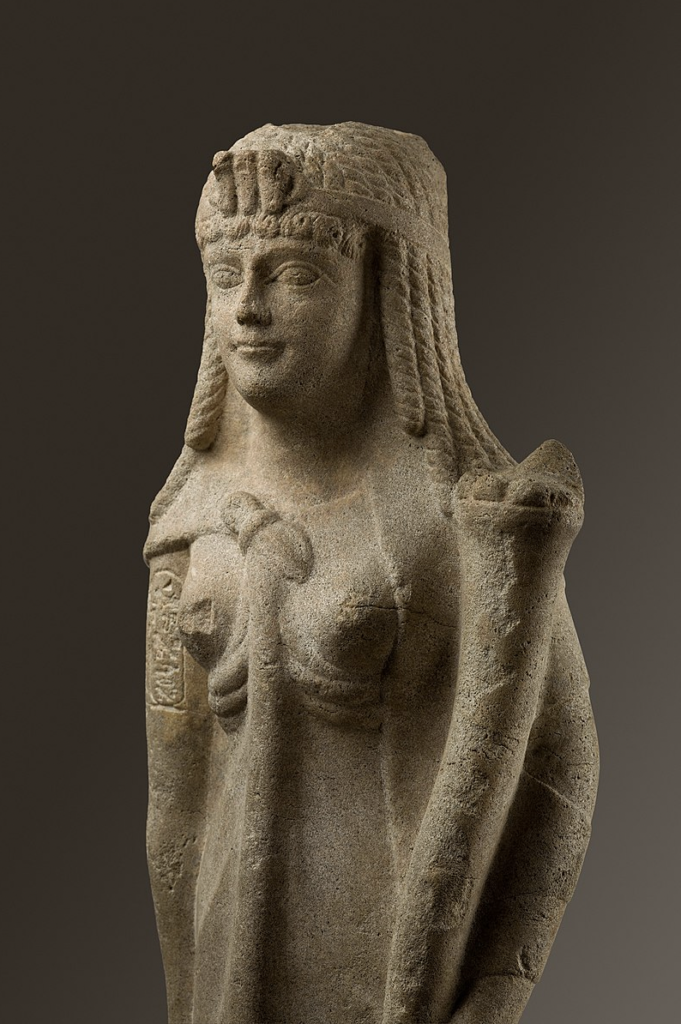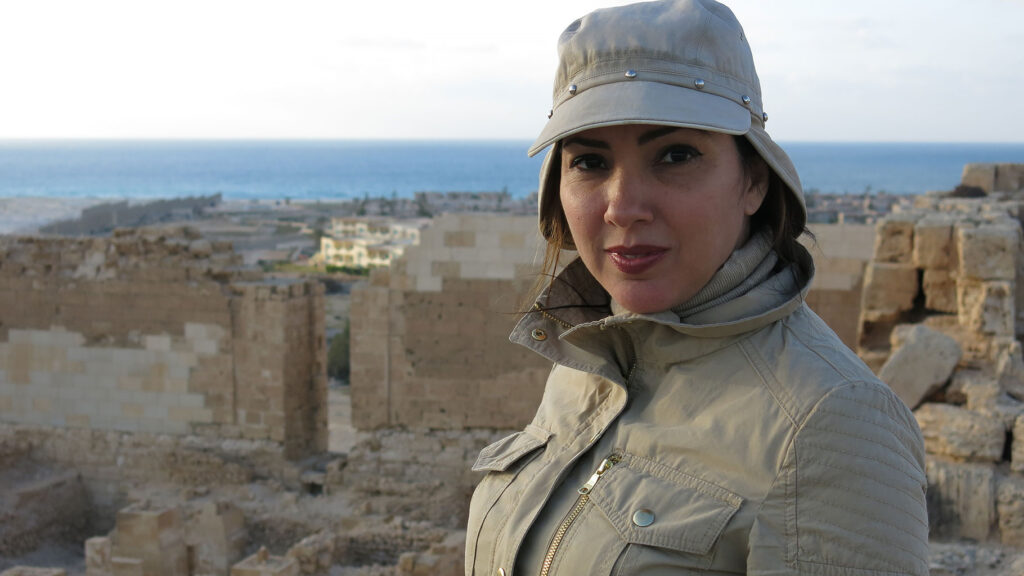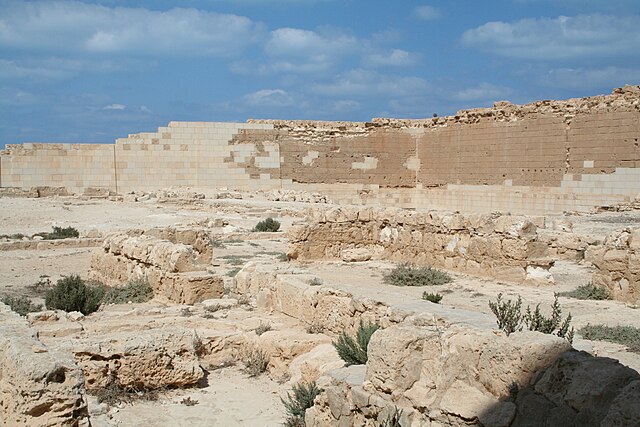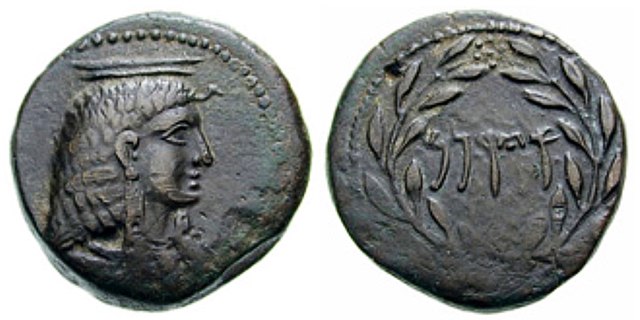The Search for Cleopatra’s Lost Tomb: Kathleen Martinez’s Bold Quest

Statue of Cleopatra VII. Photo Source: Wikimedia Commons – CC Creative Commons Zero, Public Domain Dedication
By: Mehdi El Merini / Arab America Contributing Writer
Cleopatra VII, the last queen of Egypt, remains one of history’s most enigmatic and compelling figures. Known for her intelligence, political acumen, and legendary love affairs with Julius Caesar and Mark Antony, Cleopatra’s life has been the subject of fascination for centuries. However, one of the greatest mysteries surrounding her is the location of her final resting place. Despite numerous efforts, archaeologists have yet to uncover her tomb. Enter Kathleen Martinez, a Dominican archaeologist and former criminal lawyer, who believes she is on the verge of solving one of history’s most enduring riddles.
Cleopatra: The Last Pharaoh of Egypt
Cleopatra VII reigned from 51 to 30 BCE and was the last active ruler of the Ptolemaic Kingdom of Egypt. A descendant of Ptolemy I, a general of Alexander the Great, Cleopatra was more than just a seductress, as Roman propaganda often portrayed her. She was a shrewd diplomat, a linguist fluent in multiple languages, and a strategist who sought to preserve Egypt’s independence in the face of growing Roman expansion.
Her alliance with Julius Caesar helped her secure her throne, and her later relationship with Mark Antony led to a dramatic power struggle with Octavian (the future Emperor Augustus). This struggle culminated in the Battle of Actium in 31 BCE, where Antony and Cleopatra were decisively defeated. The following year, facing capture by Octavian’s forces, Cleopatra is said to have taken her own life, possibly through snake venom, although the exact details remain unclear.
Ancient Roman sources, including the historian Plutarch, suggest that Cleopatra was buried alongside Mark Antony in a grand tomb. However, the tomb’s location has been lost to time, buried beneath centuries of history, earthquakes, and possibly even the sea.

Kathleen Martinez: The Lawyer-Turned-Archaeologist on a Mission
Kathleen Martinez’s fascination with Cleopatra began not in an archaeological lab but in the pages of literature. Her interest was sparked by William Shakespeare’s play Antony and Cleopatra, which led her to believe that Cleopatra’s story had been largely misunderstood. With a legal mind trained in analyzing evidence, Martinez approached the mystery as a case to be solved rather than a purely historical puzzle.
Unlike many scholars who assume Cleopatra was buried in Alexandria—her capital—Martinez developed a bold theory. She argues that Cleopatra, deeply religious and devoted to the goddess Isis, would have chosen to be buried in a sacred temple rather than in the city. Her research led her to investigate 21 possible temple sites, but one stood out: Taposiris Magna, an ancient temple complex located about 25 miles west of Alexandria.

Why Taposiris Magna?
Taposiris Magna, a site dedicated to Osiris, the god of the afterlife, fits Martinez’s theory perfectly. Cleopatra identified herself with Isis, Osiris’s divine counterpart, making it plausible that she would choose a resting place tied to these deities. The temple’s location near Alexandria also aligns with historical accounts that suggest her tomb was in the vicinity of her capital.
Over the past two decades, Martinez has led excavations at Taposiris Magna, uncovering significant findings that support her theory. Among the discoveries are:
- A network of tunnels and chambers beneath the temple, suggesting the presence of hidden burial sites.
- Statues, coins, and inscriptions linked to Cleopatra’s reign.
- A mummified body with evidence of royal embalming techniques.
- Artifacts associated with Isis worship, reinforcing the temple’s religious significance.

Challenges and Skepticism
Despite her findings, certain Egyptologists remain skeptical. Some argue that previous searches at Taposiris Magna have yielded little evidence directly linking the site to Cleopatra. Others believe that if Cleopatra was indeed buried in Alexandria, her tomb may have been lost beneath the Mediterranean due to earthquakes and tsunamis that struck the region over the past two millennia.
Yet, Martinez remains undeterred. Her meticulous research, combined with her determination, continues to push the boundaries of what is known about Cleopatra’s final days. If her theory proves correct, the discovery of Cleopatra’s tomb would be one of the most significant archaeological finds of the 21st century.

The Quest Continues
Kathleen Martinez’s pursuit of Cleopatra’s tomb is a testament to the power of passion and perseverance. Her unconventional background as a criminal lawyer has given her a unique perspective, allowing her to challenge traditional assumptions and explore new possibilities. Whether or not Taposiris Magna holds Cleopatra’s remains, Martinez’s work has already reshaped our understanding of Egypt’s last queen.
As excavation efforts continue, the world watches with anticipation. If Cleopatra’s tomb is ever found, it will not only solve an ancient mystery but also offer a rare glimpse into the life and legacy of one of history’s most legendary figures.
Check out our blog here!








